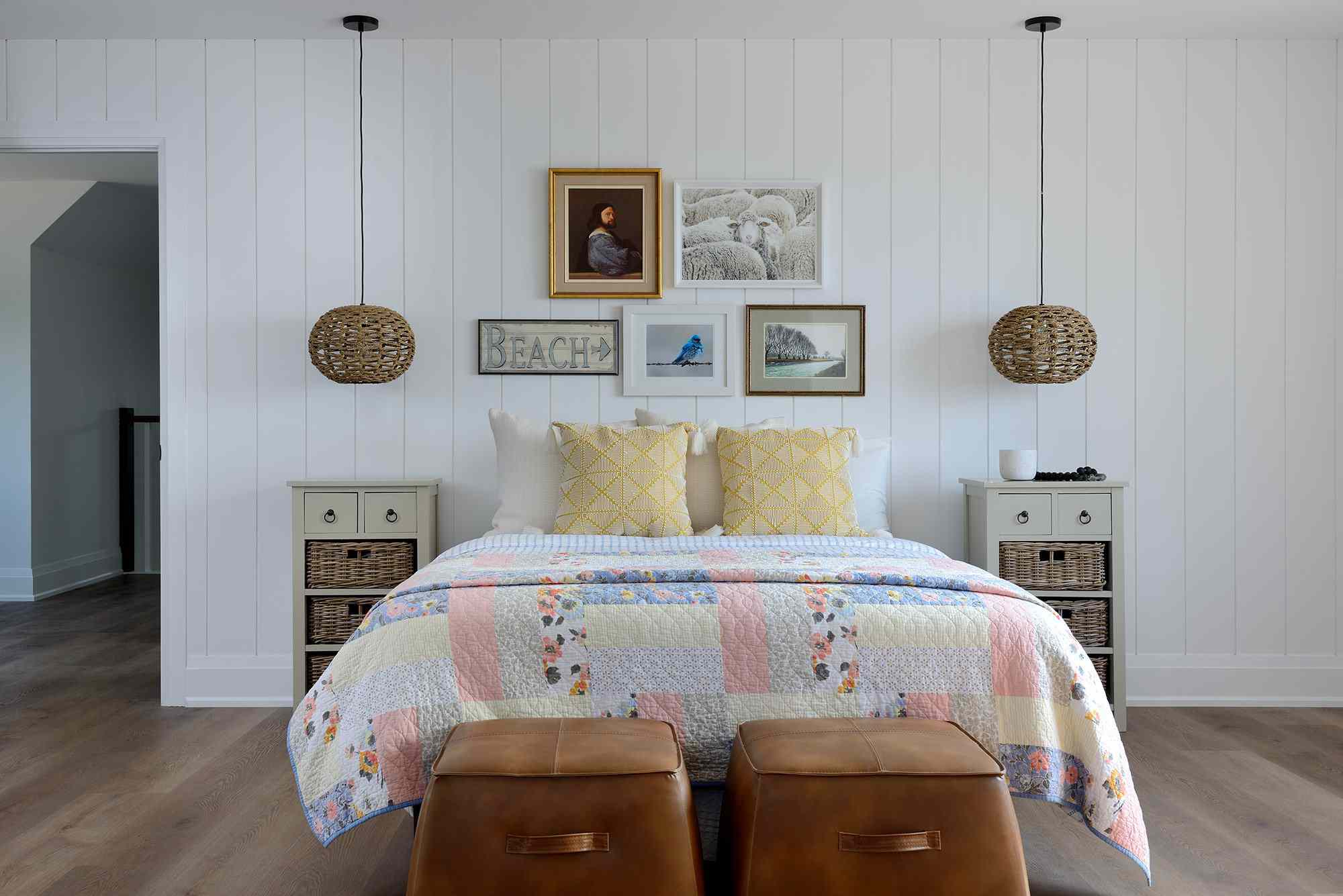5 Common Mistakes to Avoid When Buying Furniture, Designers Warn
If you feel it’s high time to update a certain piece of furniture in your home or to finally add a piece to a room that’s been sitting empty for some time, don’t do so without learning some of the most common mistakes people make when furniture shopping.
We asked designers to share some basics on what you should consider and avoid.
Match Your Lifestyle
Kate Guinness Design / Photo by Sebastian Böttcher
Kate Guinness, founder of Kate Guinness Design, points out that some homeowners tend to choose furnishings based on styles they love without fully considering the practicalities of life. For instance, if you have pets or small children, you should most definitely steer away from buying a pristine white sofa or any other easily stainable piece the kids will have access to.
Make Sure It Physically Fits
Assuming the furniture you’re eyeing is a non-flat-pack furniture piece that you need to assemble at home, you should confirm that you’ll be able to physically get the piece indoors and into the space you wish to place it.
For instance, if you don’t have any double-door openings in your home, or the entry into the specific room is narrow or short, you may not be able to manipulate and maneuver the piece into place. Jessica Shaw, director of interiors at The Turett Collaborative, also reminds those who live in a condo or apartment building to check that the piece can fit into the elevator since you’ll need to hire someone if it doesn’t and you live on an upper floor.
She urges individuals to check the accuracy of their measurements and calculations of both the furniture item and doorways before purchasing the item.
Guinness agrees and adds that you should also check that the size of the piece is also the right scale visually for the space or furniture grouping. For instance, if you have a set of slim, minimalist dining chairs, a bulky dining table of certain dimensions might not work.
Consider the Style
It’s one thing to make sure it fits in the door, and a whole other thing to know it fits aesthetically.
“Even if you just fall in love with the piece on the showroom or store floor, try to avoid being super impulsive and put it on hold,” Shaw says.
She suggests taking a picture of it, getting a spec sheet if possible, and getting a swatch to bring home and look at against the space in which you want to place it. Or, you can even work in the reverse by taking snapshots of the room at the boutique or showroom where you saw the piece.
Don’t Buy What You Can’t See
Carter Averbeck, owner of Omforme Design, warns against buying any fast furniture, as in online retailers where you have only enhanced photo imagery and website claims of quality to rely on. Oftentimes, what you purchase online is not what you end up getting and some of these online brands make it difficult to return.
“Buyer’s regret has never been more real or prevalent than with online furniture purchases,” Averbeck says.
That’s not to say that you should snub all online retailers. But be sure to request free samples and swatches when it’s available and try to visit brick-and-mortar stores that have those retailers in your area to see and feel items in person.
Know Your Limits for a Fixer Upper
If you’re thrifting, checking out an estate sale, or shopping at an antique dealer, investigate everything. Shaw emphasizes the importance of making sure to check all surfaces and moving pieces. This way, you’ll be able to better negotiate the price if a drawer handle is missing or damaged.
Also, be realistic about if you’re going to turn it into a DIY project. “Everybody’s different and has their own level of handiness,” Shaw says.
Ask yourself how much needs to be refurbished and if you’re actually capable of doing it right or will likely need to pay to outsource the job. If you still intend to do it yourself, think about the costs of tools and materials you’ll need, whether it’s to sand down and refinish a console table or reupholster a couch. You might even need to re-pad cushioning or invest in down feathers to fill spots.






